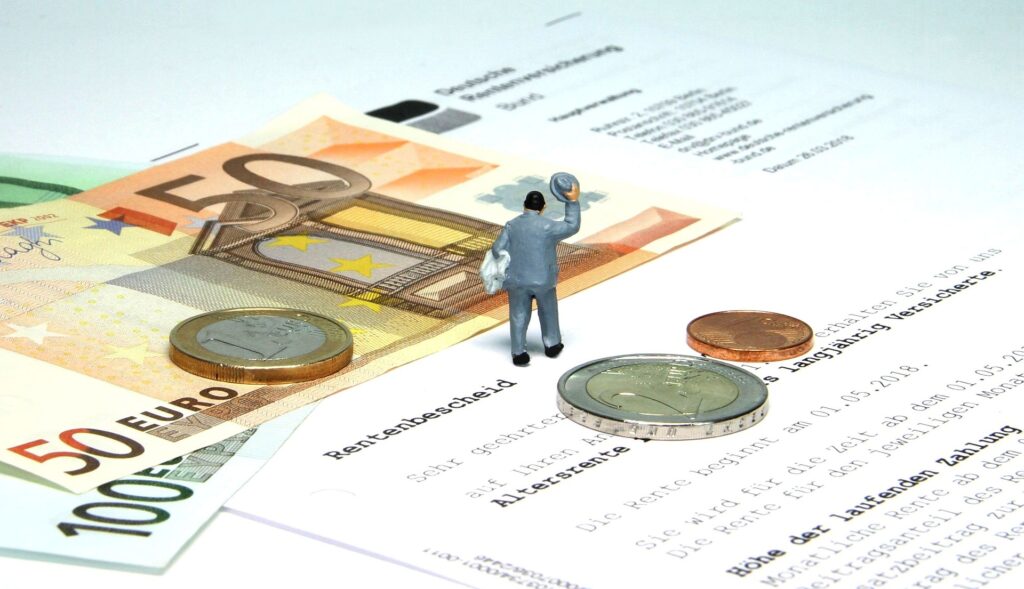Eight photos of the new passport holder will be available on December 1, but they are not always visible to the naked eye.
There is also a lot of other high-tech integrated into the document, as Interior Minister Gerhard Karner and the Director General of the State Printing Office, Helmut Lackner, explained at the passport presentation on Friday. “Let the counterfeiters try; they will bite their teeth out on the new passport,” said Karner.
The largest modernization since 2009
According to the head of the department, this was the biggest modernization since 2009, with the State Printing Office working together with the Ministry of the Interior, the Federal Criminal Police Office, and the Provincial Criminal Police Offices of Lower Austria and Burgenland. Tilt effects, watermarks, and components that are only visible under UV light characterize the travel document. Counterfeit protection was the main focus, emphasized Karner.
There are innovations compared to the older models on the data page. Like the driving licence, the data page is now made of polycarbonate, which is “resistant and forgery-proof,” according to Lackner. The passport photo appears on the data page alone and on the first paper page three more times.
It should also be service-oriented. People with visual impairments can now recognize the passport more easily, at least from the cover: The word “Austria” can also be found on the front cover in Braille. Inside, however, you will continue to search in vain for such aids. The word Ostarrichi is also embossed on the back.
The design has also changed
The design has also changed compared to the previous model. The new passport no longer has the federal eagle centered on the cover but at the top right. The national anthem and the motto “Land of the Mountains” inspired the paper. Stylized border mountains (including the inner national borders) adorn the pages. The two center pages, for example, feature the Grossglockner. “It should also be beautiful,” said Karner.
“Nothing will change for citizens in terms of application, costs, and delivery,” the Minister of the Interior emphasised. The document can be applied to over 1,000 locations throughout Austria, including 800 municipalities. The cost is usually 75.90 euros, and the document is delivered around five working days after the day of application. If you want it faster, you will have to pay more. An express pass, which arrives two to three working days after the day of application, costs 100 euros; a one-day express pass costs 220 euros. For children up to the age of twelve, it costs 30 euros; under two years, it is free.
- hpascua with reports from k.at and APA/picture:
This post has already been read 2094 times!



